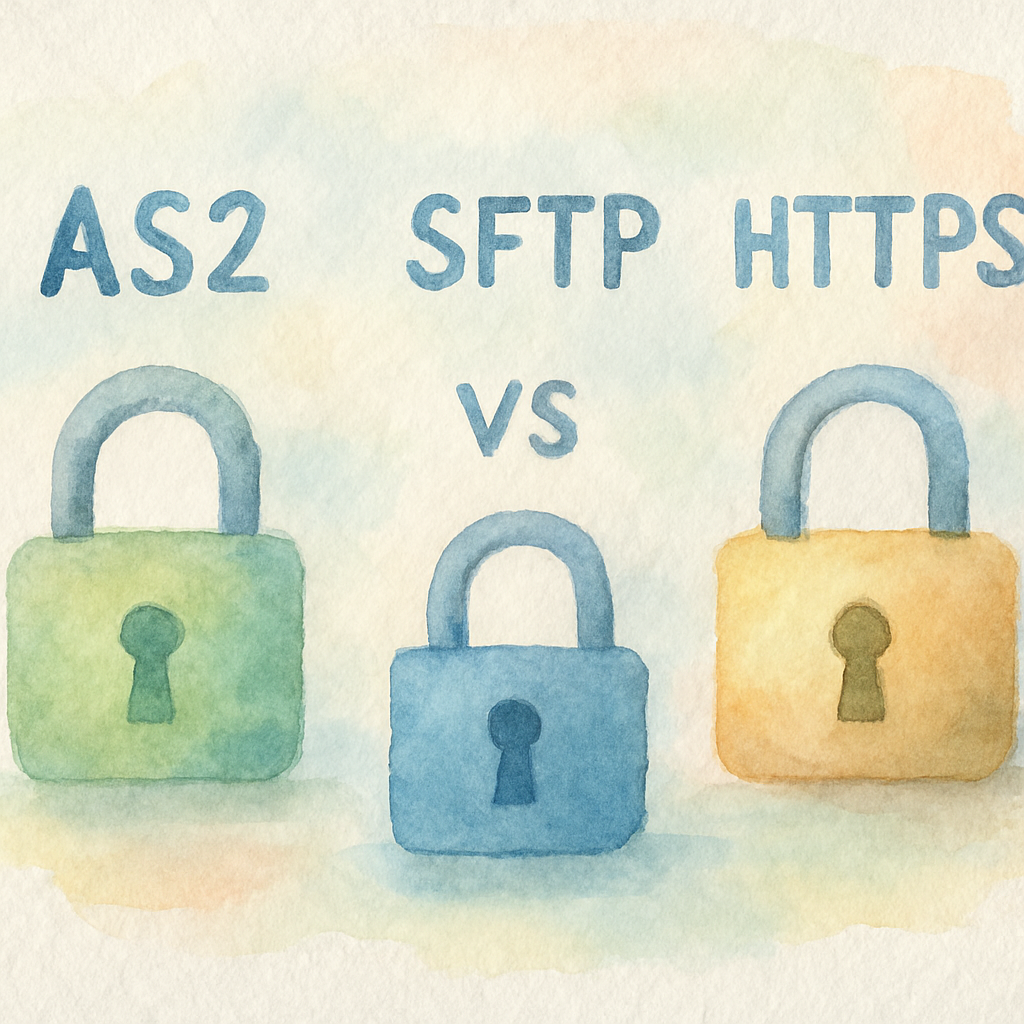
Electronic data interchange, or EDI, is the engine that keeps the wheels moving in the transportation industry. As I covered in this EDI history lesson, transportation was the first industry to use electronic data interchange. And while EDI has evolved since electronic manifests were developed and used by transportation companies in the early 1960s, the basic framework has remained.In order to hang in this industry, companies need an EDI system. If you want to increase your productivity, send documents in real-time, and communicate seamlessly with all parties involved in the supply chain, it's time to think about EDI implementation.
Transportation includes all companies responsible for moving goods or people. More specifically, Investopedia's financial writer Adam Hayes defines the sector as a group of “…several industries including air freight and logistics, airlines, marine, road and rail, and transportation infrastructure.”Ok, but what exactly is transportation and logistics?While I'm focusing on transportation in this piece, the two terms are often grouped together, like pepperoni and pizza. Transportation and logistics are two closely related business units, with the former a subset of the latter. Logistics is the entire order fulfillment process, while transportation is the moving of goods (or people) from point to point. Logistics is the whole pizza and transportation is the pepperoni.
This industry experiences a ginormous volume of communication on a daily basis. You'll see immediate positive changes to your organization with EDI as it automates this volume.You'll enjoy other direct and indirect results from EDI, as well.1. Fewer errors. A dispatcher will no longer have to key crucial information into the system, so there is no chance for “fat finger” mistakes. Many companies have experienced the headaches — and monetary costs — of a typo. Perhaps an incorrect amount of an item went out, or the customer received the wrong item altogether. You scramble to remove the incorrect item and redo the order. Time's a wastin'. (Not to mention money.) The client may become frustrated and move on to a different supplier.To combat this issue, we've seen companies add a “double-checking” step before important documents go out. Wouldn't it be much simpler to get going with EDI? The costs are minimal when compared with the costs of staffing for these types of duties.2. Save money. In addition to saving money due to keying errors, You'll also eliminate the need for hiring temporary workers to enter orders during the busy season.3. Happy customers. EDI allows companies to build and maintain long-term customer relationships. The quick document processing that comes with EDI means faster deliveries. The customer receives the items at the correct location on time and is happy.Also, when you have a well-oiled machine, everything just looks good. The customer is satisfied, and retention is high. You want your company to look good, right?4. Job satisfaction. Allowing the dispatching staff to focus on other essential tasks will generate a sense of employee satisfaction. Employees can use their talents on new company initiatives and other important aspects of the team. This effect will reverberate throughout the organization as happy employees put out a good vibe when communicating with customers, co-workers, and friends.5. Fewer customer queries. Because EDI offers real-time visibility for all trading partners involved, the customer service department will have fewer calls to field. Clients can see where their assets are at any given moment in the order fulfillment process.6. Increased business opportunities. EDI is a common format that all parties can understand, offering the opportunity to reach markets in other countries and grow your business. Transportation companies can be open to business partners all over the world with EDI.
If you're in the market for an EDI solution, or if you are ready to switch providers, consider our Bold Transport platform.1. Accessibility. Our customers love its accessibility. For example, if you need to look at previous EDI data, such as a freight invoice or acknowledgment, you won't have to contact a partner. BOLD Transport provides access to EDI data from the last 90 days on any device.2. Simple to implement. Switching to BOLD Transport is quick and easy — we handle the entire process for you.3. Immediacy. BOLD Transport is built to keep your business running smoothly by immediately processing time-sensitive documents without any interruptions.4. High volume. The platform can handle the enormous volume of EDI communication required by freight and trucking enterprises in real-time.5. Onboard new partners asap. Traditional logistics EDI solutions have been known to onboard partners slowly. BOLD Transport is different; it onboards new trading partners and updates mapping in real-time, ensuring you are paid from the first invoice submission.To find out how to get started, contact BOLD VAN by calling 844-265-3777 or emailing info@boldvan.com.

Stop playing whack-a-mole with EDI errors. Learn 5 targeted compliance tests you can run this week to prevent chargebacks, fix syntax issues, and ensure audit-readiness. Keep your manufacturing supply chain moving with expert tips from BOLD VAN.

Master EDI protocol selection. From AS2 digital certificates to SFTP simplicity, find the best way to connect with 3PLs and retailers. Streamline your manufacturing EDI and lock in predictable pricing with BOLD VAN.

Tired of juggling different EDI specs for Target, Walmart, and Amazon? Centralize your 850s, 856s, and 810s into a single secure flow. No mailbox fees, no setup fees—just predictable, scalable retail EDI growth.